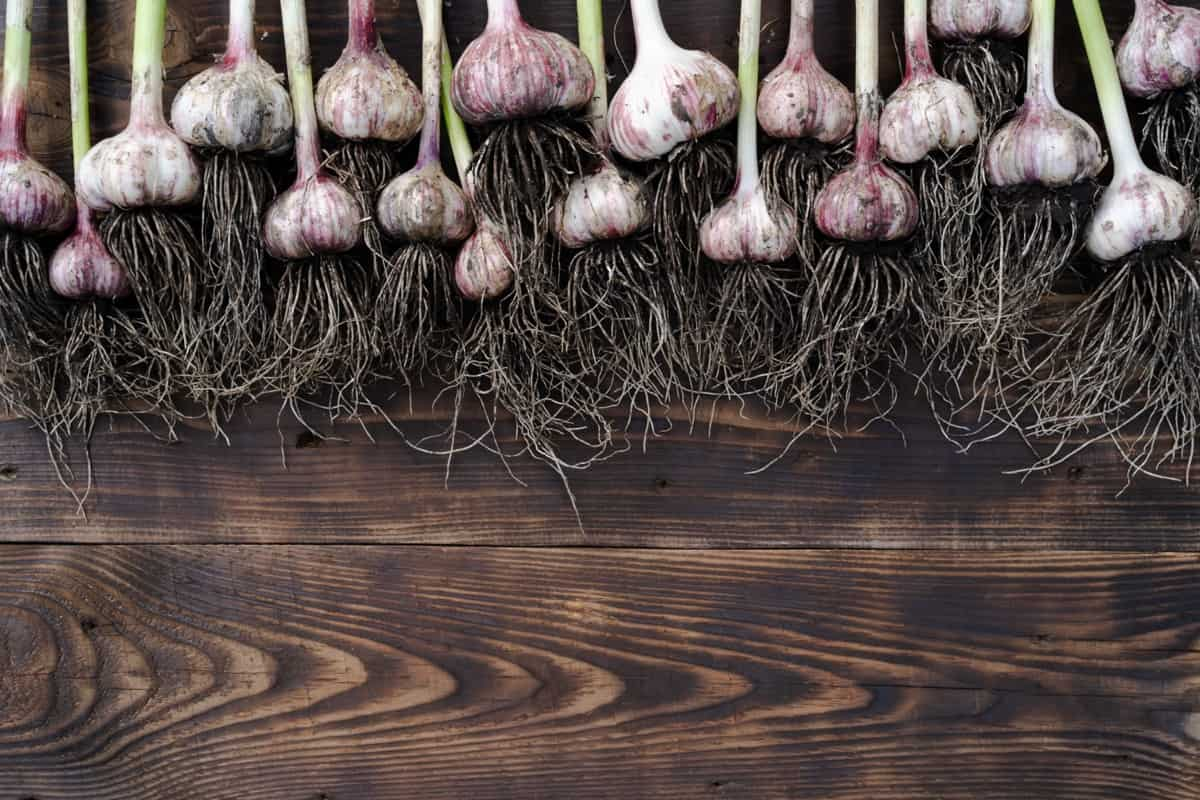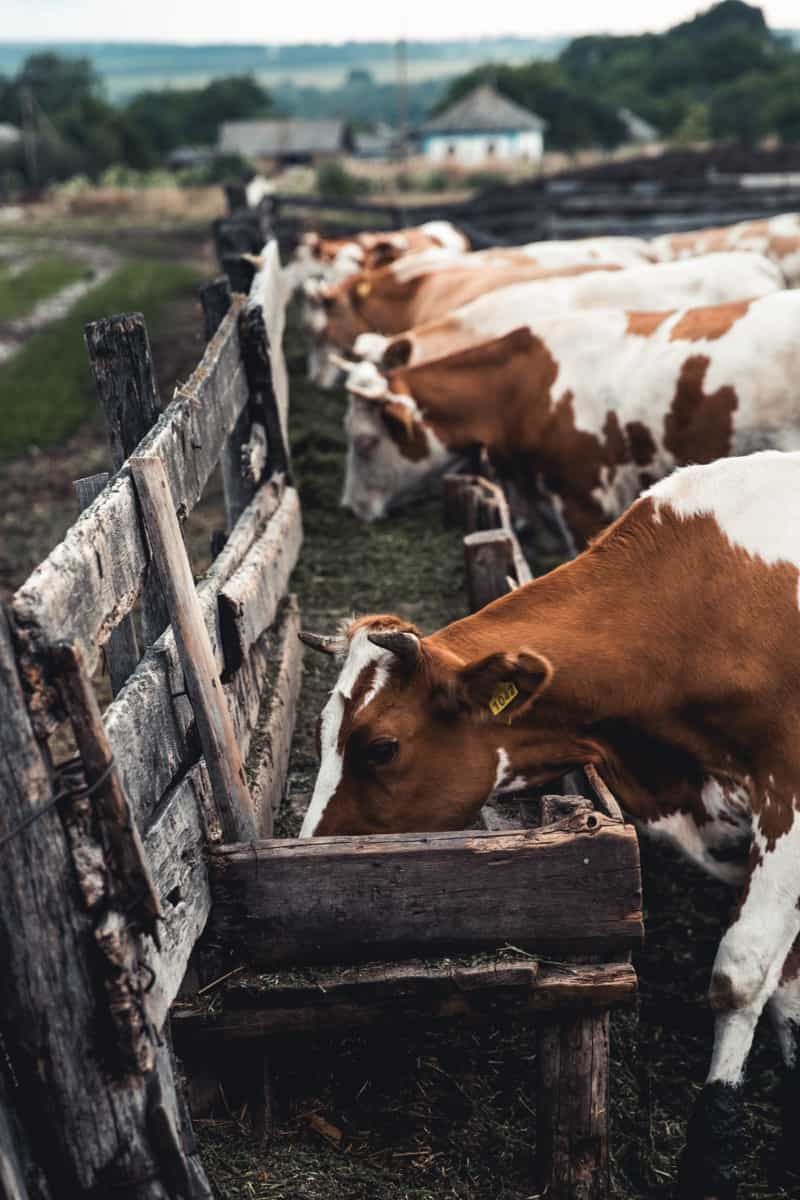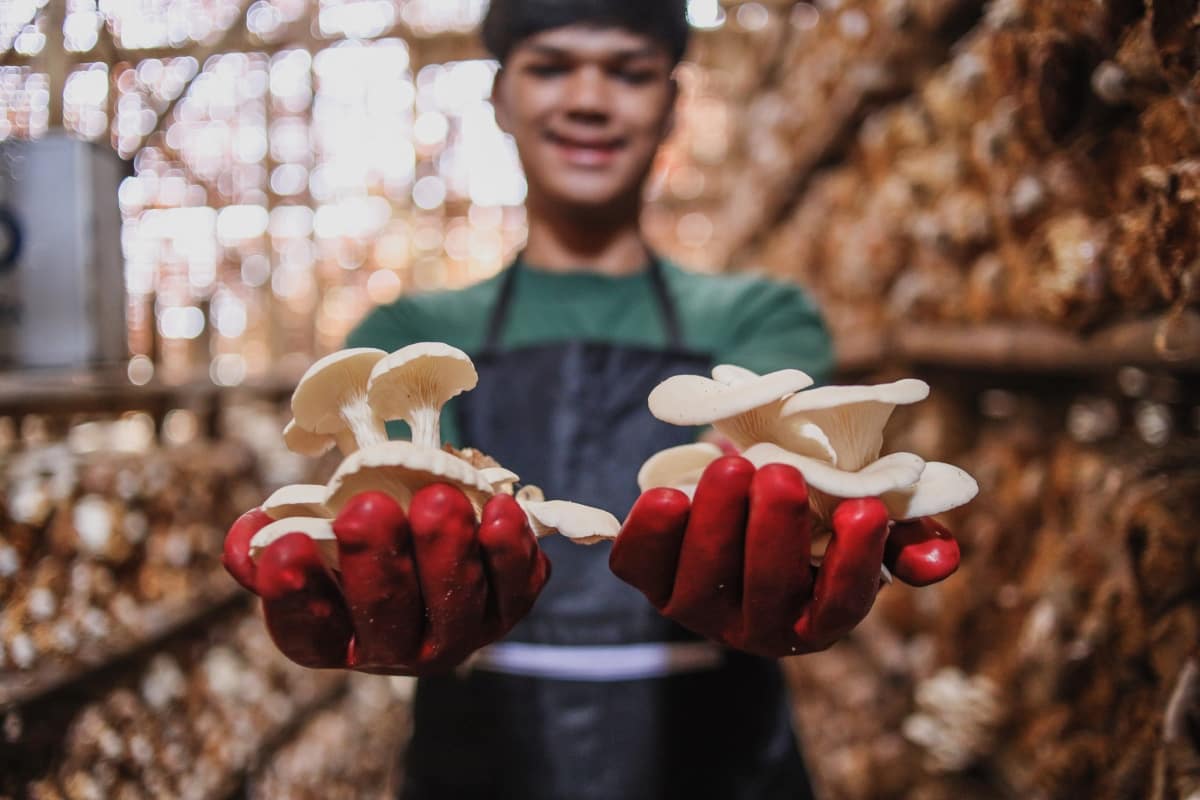Weed management in garlic cultivation: how to control with biological, cultural and mechanical methods
Weed management is crucial when growing garlic, as the plants do not compete well with weeds, especially early in development. Weeds can cause significant yield losses, up to 80%, and affect the quality of cloves. Integrated weed management is essential and methods vary depending on country, production practices and industry requirements.
 < /figure>
< /figure>Some farmers use black mats to cover the ground between the rows of plants, preventing the growth of weeds and increasing the temperature of the soil. Others apply mulch or till before planting to eliminate weeds. Shallow cultivation and hand hoeing can control weeds without damaging garlic bulbs. Herbicides like chloral-dimethyl are used after planting, but all applications should be made before the bulbs develop.
Garlic is the second most widely grown crop in India after onions, with 2.42 lakh hectares producing 12.28 lakh tons at a productivity of 5.07 t/ha. Weed infestation poses a significant challenge due to the garlic's unbranched habit, sparse foliage and shallow roots. Hand weeding is laborious and expensive, requiring straw mulch and herbicides for effective weed control.
Weed management in garlic cultivation Biological weed control methods for growing garlicBiological weed control methods to maintain soil health and produce high quality garlic crops without the use of synthetic chemicals. Techniques include mulching, hand weeding, cover cropping, crop rotation, flame weeding, vinegar-based herbicides and corn gluten meal. Mulching blocks sunlight and reduces weed germination, while manual weeding is simple and effective.
Cover crops prevent soil erosion and improve fertility. Crop rotation with weed suppressing crops disrupts weed life cycles and reduces weed populations. Flame weedkillers use propane torches or flame weeders to heat weeds, while vinegar-based herbicides contain acetic acid for spot treatments. Corn gluten meal, a natural pre-emergence herbicide, prevents weed seeds from germinating.
In case you missed it: Garlic Fertilizer Needs and Recommendations: How and When to Apply

Chemical-free weed management in garlic cultivation is essential for sustainable and environmentally friendly farming practices. Garlic plants face strong weed competition, especially during the early stages of growth, which leads to reduced yields and lower pod quality.
Mulching: Garlic growers can cover the ground between plant rows with black mats or apply organic mulch (5-7.5cm or 2-3 inches). Mulching suppresses weed growth while maintaining soil moisture and temperature. Pre-Planting Tillage: Before planting, perform pre-planting tillage or tillage to prepare the seedbed and eliminate perennial weeds, reducing weed pressure. Stale Seedbed Technique: Control annual weeds using the stale seedbed technique, which involves preparing the seedbed and...
Weed management is crucial when growing garlic, as the plants do not compete well with weeds, especially early in development. Weeds can cause significant yield losses, up to 80%, and affect the quality of cloves. Integrated weed management is essential and methods vary depending on country, production practices and industry requirements.
 < /figure>
< /figure>Some farmers use black mats to cover the ground between the rows of plants, preventing the growth of weeds and increasing the temperature of the soil. Others apply mulch or till before planting to eliminate weeds. Shallow cultivation and hand hoeing can control weeds without damaging garlic bulbs. Herbicides like chloral-dimethyl are used after planting, but all applications should be made before the bulbs develop.
Garlic is the second most widely grown crop in India after onions, with 2.42 lakh hectares producing 12.28 lakh tons at a productivity of 5.07 t/ha. Weed infestation poses a significant challenge due to the garlic's unbranched habit, sparse foliage and shallow roots. Hand weeding is laborious and expensive, requiring straw mulch and herbicides for effective weed control.
Weed management in garlic cultivation Biological weed control methods for growing garlicBiological weed control methods to maintain soil health and produce high quality garlic crops without the use of synthetic chemicals. Techniques include mulching, hand weeding, cover cropping, crop rotation, flame weeding, vinegar-based herbicides and corn gluten meal. Mulching blocks sunlight and reduces weed germination, while manual weeding is simple and effective.
Cover crops prevent soil erosion and improve fertility. Crop rotation with weed suppressing crops disrupts weed life cycles and reduces weed populations. Flame weedkillers use propane torches or flame weeders to heat weeds, while vinegar-based herbicides contain acetic acid for spot treatments. Corn gluten meal, a natural pre-emergence herbicide, prevents weed seeds from germinating.
In case you missed it: Garlic Fertilizer Needs and Recommendations: How and When to Apply

Chemical-free weed management in garlic cultivation is essential for sustainable and environmentally friendly farming practices. Garlic plants face strong weed competition, especially during the early stages of growth, which leads to reduced yields and lower pod quality.
Mulching: Garlic growers can cover the ground between plant rows with black mats or apply organic mulch (5-7.5cm or 2-3 inches). Mulching suppresses weed growth while maintaining soil moisture and temperature. Pre-Planting Tillage: Before planting, perform pre-planting tillage or tillage to prepare the seedbed and eliminate perennial weeds, reducing weed pressure. Stale Seedbed Technique: Control annual weeds using the stale seedbed technique, which involves preparing the seedbed and...What's Your Reaction?






















